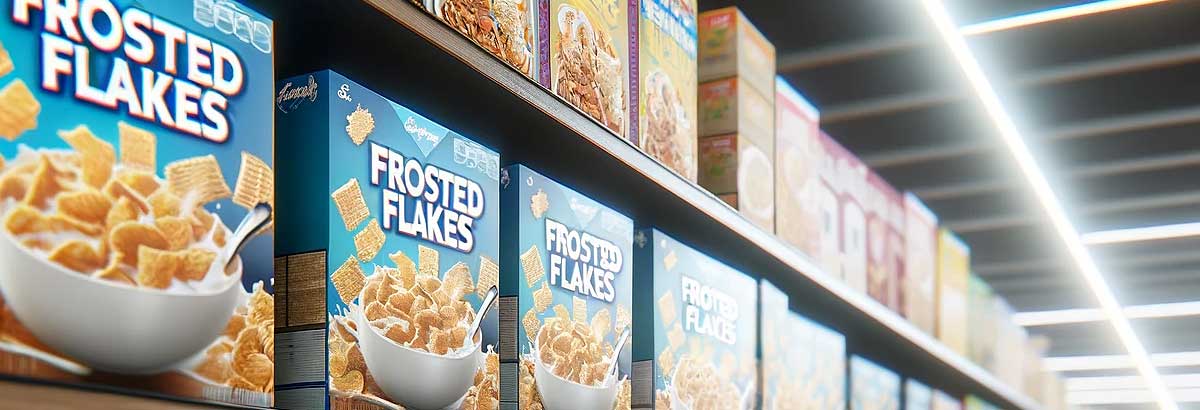As inflation drives prices higher across grocery store aisles, more shoppers turn to lower-cost store brand cereals providing similar flakes, puffs, and clusters often produced just minutes down the road. Unit sales for private label cereals sold primarily at chains like Aldi, Trader Joe’s, Costco and Kroger climbed 6% over the past year according to market research firm IRI. Meanwhile, volumes for household names Kellogg’s, General Mills and Post dipped up to 5% in 2022 as their higher price lifts failed to fully offset consumer trade-downs.
While frugality fuels private label cereal appeal today, analysts caution against extrapolating too dire an outlook for prominent cereal purveyors based on current cost-of-living consumer caution. As Edward Jones food sector expert Brittany Quatrochi notes, shopper decisions whipsaw unpredictably during inflationary periods as budgets tighten up and down the socioeconomic spectrum.
Still, the growing value segment holds strong medium-term potential. Circana statistics point to private label cereals commanding just a 7.4% dollar share of the $9.5 billion US cereal market last year. Yet unit analysis reveals one in every eight boxes or bags of cereal sold in 2022 originated from a retailer’s budget-friendly line – up from 2021. Clearly, shoppers haven’t abandoned big cereal brands altogether, but many now opt for more store-sold staples several days a week while reserving higher-priced indulgences for weekends or special occasions.
Regional Players Thrive
Industry revenue data this past year shows mid-sized cereal producers with geographic footholds grew income faster than behemoths. Minnesota stalwarts General Mills and Post boasted annual US cereal sales growth around 8% – largely fueled by double-digit price increases. Meanwhile, regional cereal companies like Pennsylvania-based Mom Brands, Ohio’s Shearer’s, New York’s Grain Berry and Michigan favorite Kayem Foods achieved income growth of 13-15% in 2022 signaling resilient brand equity and local customer loyalty insulating them from national name-brand cannibalization.
Key Factors Influencing Cereal Purchases
A 2022 survey of grocery shoppers by Category Partners highlights the primary drivers cereal brands must tap to attract sales:
- 68% rank health attributes like whole grain and added vitamins as very or extremely important
- 60% point to affordable pricing as vital
- 58% want ethical assurances around sustainability and supply chains
- 52% respond to positive nutritional messaging like high protein or added nutrients
Eyeing these consumer priorities through a cereal aisle lens shows room for private brands to keep making conversions. Yet heritage brand recognition endures – when priced attractively to confirm everyday value.
Hard Discounter Cereal Sales Surge
Perhaps the biggest private label cereal growth story involves European discount grocery chains expanding aggressively across the US. Overseas retail leaders like Aldi and Lidl built market share steadily for years as recession-wary shoppers embraced their no-frills, all-killer-no-filler merchandising ethos offering hourly workers stretch-it-further choices.
But the 2020 pandemic radically accelerated discount grocery adoption among middle income customers too as fears of supply scarcity drew the masses. Aldi’s cereal sales alone have multiplied 330% since 2019, according to company figures. With price premiums for national brands soaring up to 30% at traditional grocers, discount retailers luring even upper middle class shoppers enjoy loyalty compounding from cheese to cereals.
Capturing budget-seekers without alienating brand buyers involves calibrating pricing gaps. Retailers can highlight dollar savings on shelves while placing premium cereals at eye level and private label copies on lower shelves. Strategic couponing, bonus packs and bulk cereal bins also prevent households from defecting completely to discounts. In inflationary times with uneven recovery, creative pricing models keep all customer clusters engaged.

